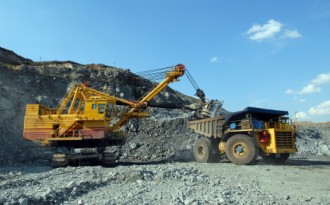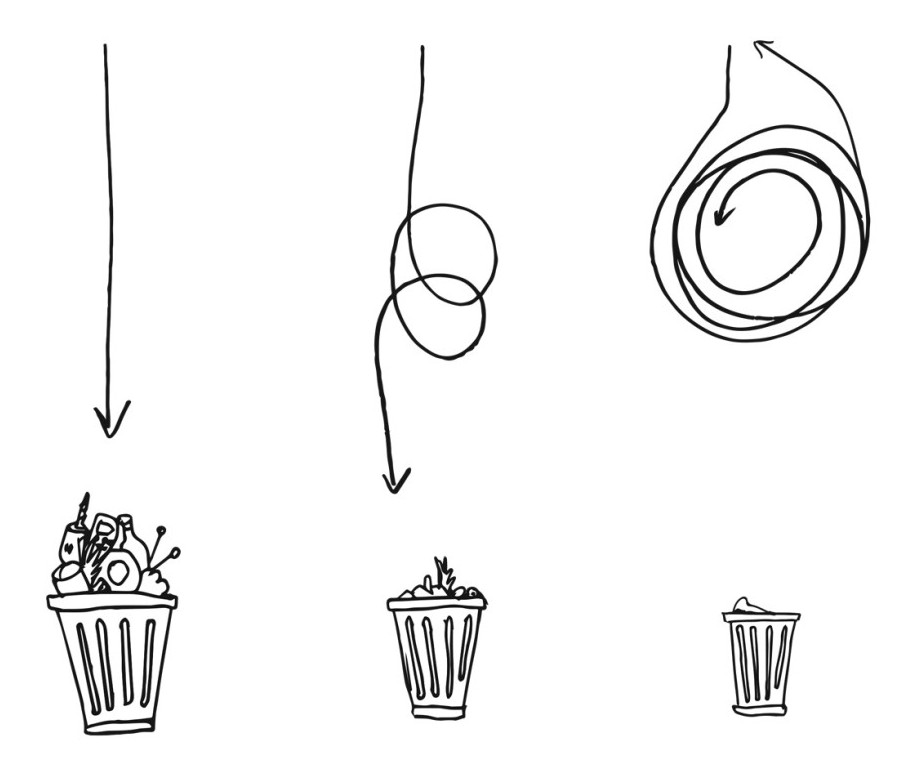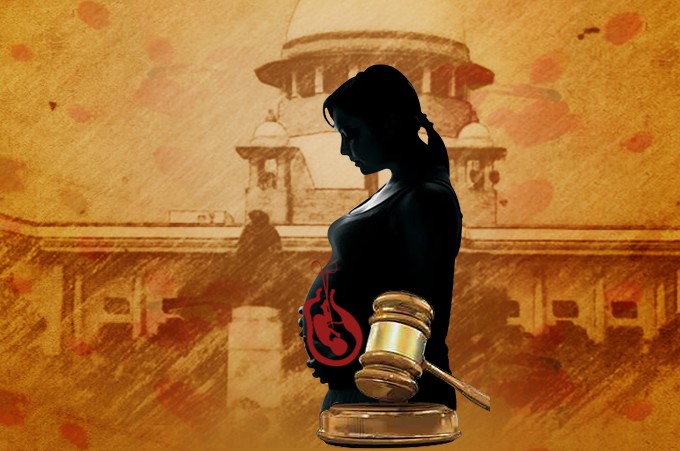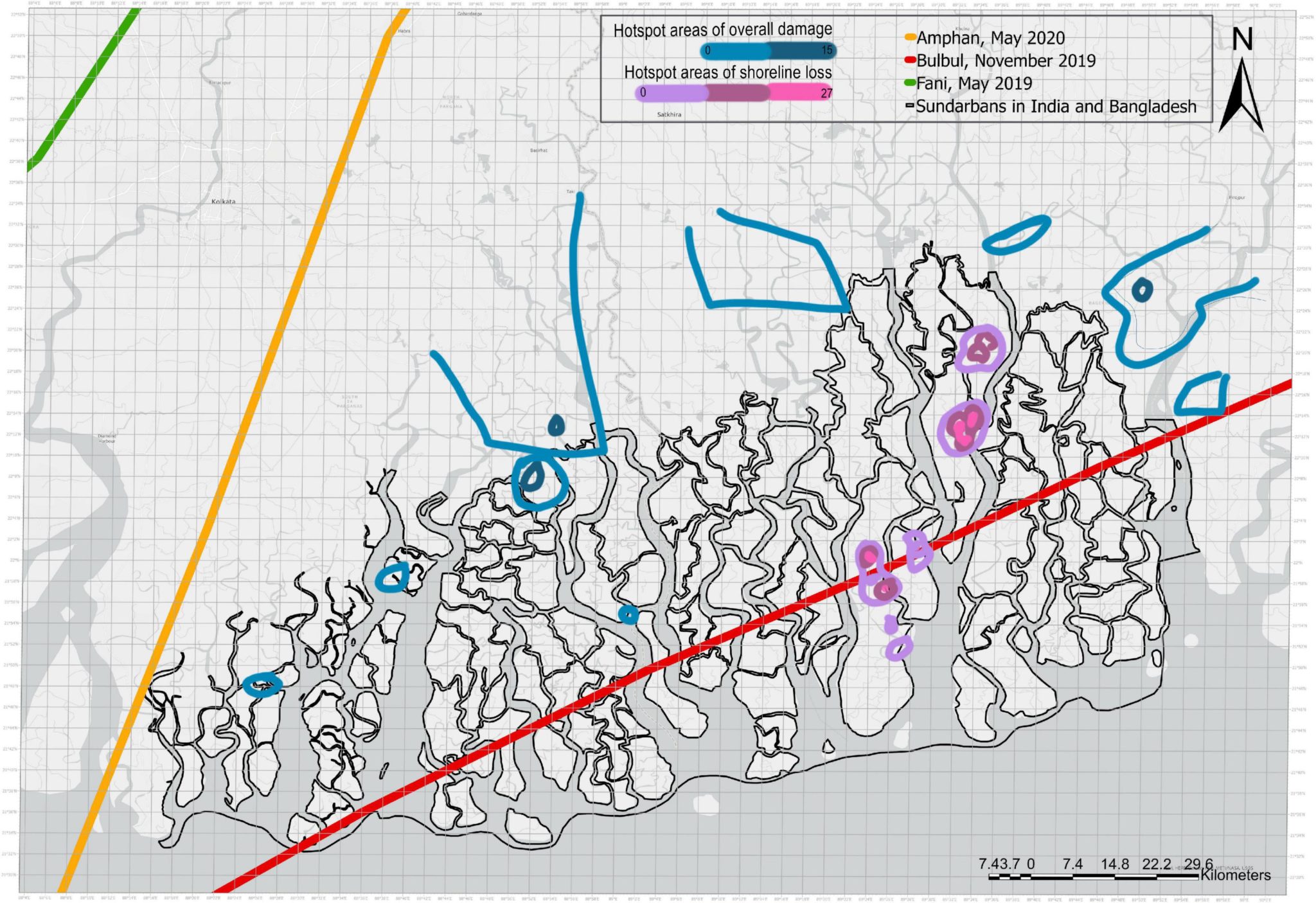A Constitution Bench of the Supreme court led by Chief Justice D Y Chandrachud recently ruled that the states of India have the power to levy taxes on mining, and that this power has not been curtailed by a national law enacted in 1957. The states have also been permitted to exercise their powers retrospectively, allowing them to claim royalties from 2005 onwards. However, mining companies have been allowed to stagger the payments over the course of a decade.
Background
The Constitution of India gave the Union government the right to regulate mining. The right to tax the sector, however, was assigned to the States, subject to any limitations imposed by national laws. In 1957, Parliament passed the Mines and Minerals (Development and Regulation) Act, and in that law it also imposed royalties on mining companies.
Mining companies believed this law effectively curtailed the states' power to tax them additionally, since the Union had taken it upon itself to collect royalties, which are a form of tax. The states countered that royalties are not taxes, and that they are in any case allowed to tax mineral-bearing lands using their Constitutional power to tax lands, which is separate from their power to tax mining itself. This dispute found its way to the Supreme Court and was decided in India Cements vs. Tamilnadu. A seven-judge bench disagreed with the states, holding that royalties are taxes and their power to tax the industry had been removed by the 1957 law.
However, sometime later, a different bench of the court, while hearing another case (West Bengal vs. Kesoram Industries) concluded that royalties are not taxes. Amidst the uncertainty caused that arose from these apparently conflicting judgments, some states turned to other ways of collecting revenue from mining companies, such as imposing environmental and health cesses. But these too were challenged in the courts, and dozens of these challenges were clubbed together before the Supreme Court.
Since two different benches of the court had given opposing views on the nature of royalties, the SC formed another bench to resolve the matter. This bench had to be a larger bench than the one that ruled in India Cements - only larger benches of the court can overturn its earlier rulings - and therefore, a nine-judge bench was formed. In its ruling last month, an 8-1 majority of this bench clarified the separation of powers once more, overturning some of its earlier decisions.
The verdict
The judges concluded that royalty is not a tax. It is a payment by the mining lessee for enjoyment of mineral rights. The power to tax mining is specifically given to the states in the Constitution, and Parliament cannot use its residual powers - on matters that are not assigned fully or partially to the states - to override this. Nor does the law enacted in 1957 envisage any restriction of the powers of the states to tax mining.
The court also ruled that the states have the power to tax mineral-bearing lands using their Constitutional power to tax lands, which is separately given to them in State List of the Constitution. This appears to suggest that even if Parliament were to enact a new law to restrict the states' right to tax minerals, the states could nonetheless do so using their power to tax land itself. This will be of considerable relief to states, which since the introduction of the GST regime have found themselves with very little room to levy their own taxes.
States' revenues set to rise
The verdict is particularly important to states where mining is a major industry, and the court acknowledged this, noting that Odisha, Chhatisgarh and Jharkhand are among the poorer states despite being abundant in minerals. Taxes on mining could be a significant part of their revenues; several tens of thousands of crores is now due to the states from government-owned companies alone as a result of the recent verdict. Revenue from private mining companies - both past dues and future taxes - will fill their coffers further.
Odisha will be among the states that benefit the most. The Orissa Rural Infrastructure and Socio-Economic Development Act, 2004 was struck down by the High Court of that state immediately. The Supreme Court's ruling overturns that verdict and would allow the state to garner more than Rs.10,000 crores each year as taxes on revenue bearing lands. Another mineral-rich state, Jharkhand, has also enacted legislation to set rates for cesses on mining of various minerals based on the weight of materials. Crucially, this law also specifies what such can be spent on - primarily welfare, public health and education, rural infrastructure and agriculture.
  |
Many other states with substantial mining operations - Chhatisgarh, Telangana, Andhra Pradesh, Karnataka, and Madhya Pradesh among them - are assessing the extend of funds they will receive as a result of the court's reversal of its earlier view. Mining companies, on the hand, face higher costs. Tata Steel, a large private mining company, announced in late July that it had provisioned Rs.17,500 crores to meet its obligations to the state resulting from this judgment.
Business analysts commenting on such disclosures by mining firms say that since there is an extended period of time to make the payments - and that too without penalties, as allowed by the court - the impact on profits of large firms would be small, but smaller companies may be more affected. The industry association of miners expressed concern that some extractive industries in mineral-rich states could become unviable. The Centre for Social and Economic Progress noted in a recent report that royalty rates in India are already among the highest in the world.
Update: The Union government filed a review petition in the Supreme Court asking the court to re-examine its verdict. In October 2024, the court dismissed the petition by a majority of 8-1, stating that there is no error apparent on the face of the judgment.
Editor's Note: The case is identified as Mineral Area Development Authority and Another vs. Steel Authority of India Limited and Others, and the full judgment is available in the website of the Supreme Court of India. Justices Chandrachud, Roy, Oka, Pardiwala, Misra, Bhuyan, Sharma and Masin formed the majority, a separate dissenting judgment was penned by Justice Nagarathna.























